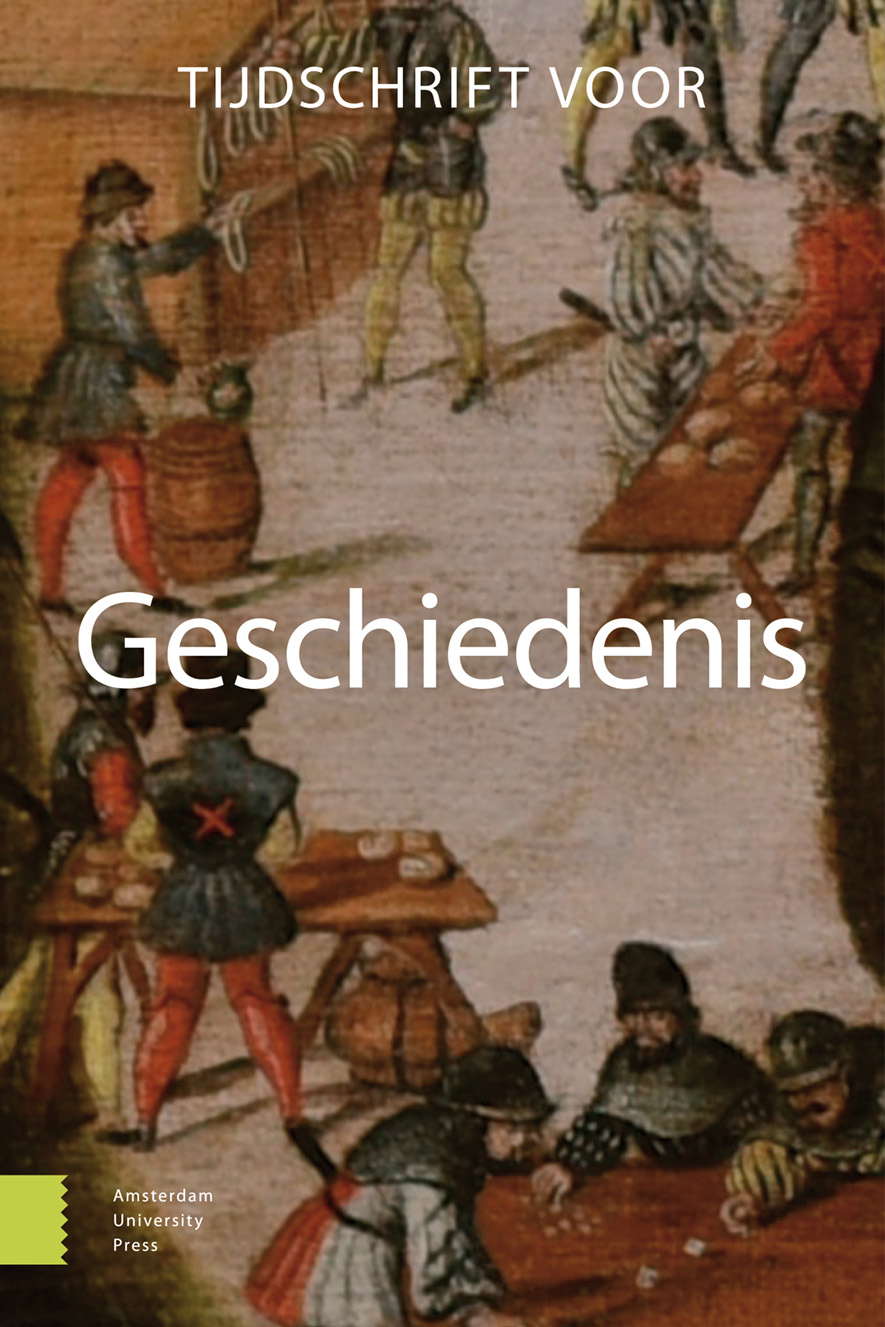-
oa ‘Reformatorische lichamelijkheid’ en de geconditioneerde emoties van twee religieuze vrouwen omstreeks het jaar 1000
- Amsterdam University Press
- Source: Tijdschrift voor Geschiedenis, Volume 126, Issue 4, Nov 2013, p. 466 - 479
Abstract
This paper investigates religious women of the tenth and early eleventh centuries who relied on bodily expression to criticize the conduct of their fellow sisters. Relying on a habitus that referred to the centrality of the body in early medieval rules, these individuals appear to have relied on a gender-neutral mode of reformist agency that nonetheless provided affirmative arguments for male prejudices about women’s moral and corporeal inferiority, and provided supportive arguments for ecclesiastical and lay lords seeking to curtail the freedom of religious women, both as individuals and collectively. In some cases at least, female reformers’ behavior arguably contributed to a decrease in the quality of life and the societal position of nuns and canonesses.


